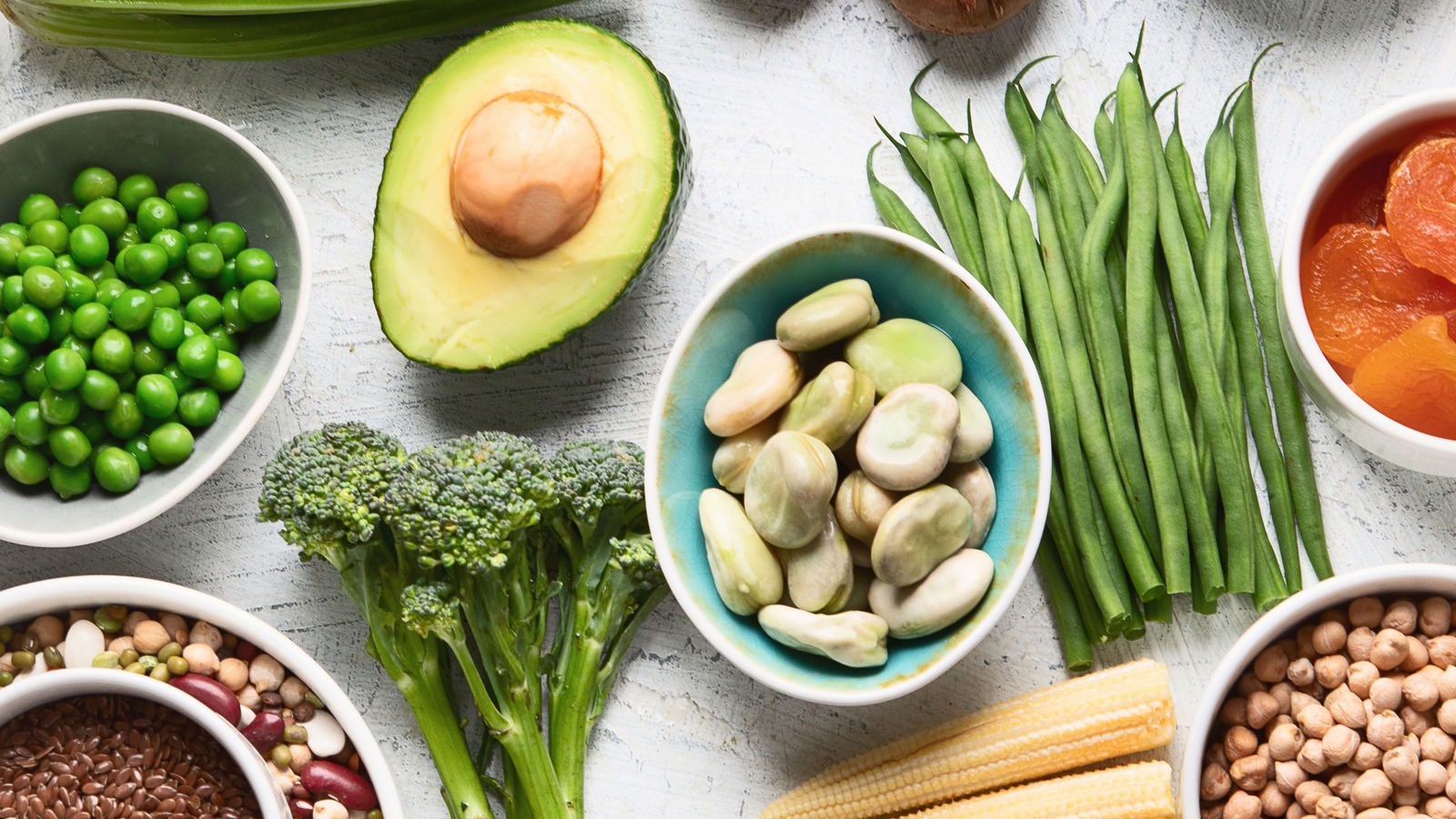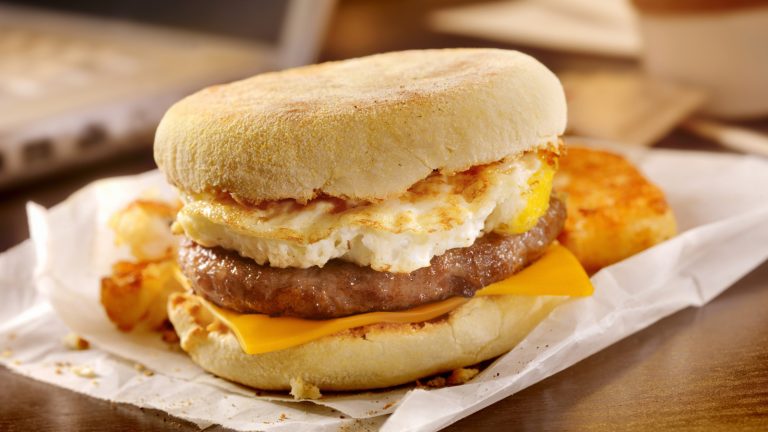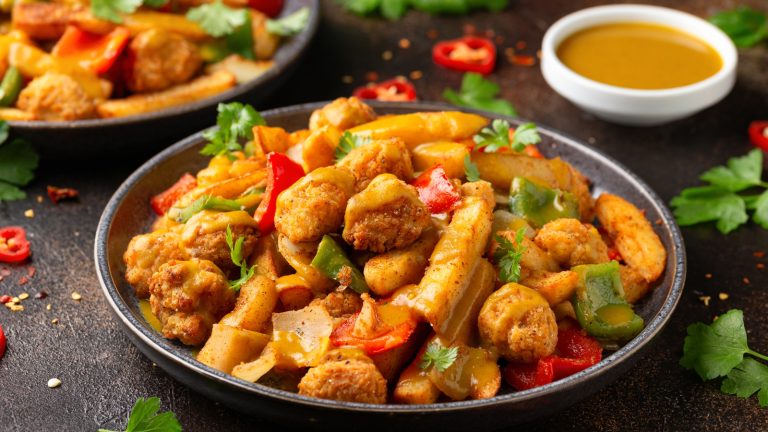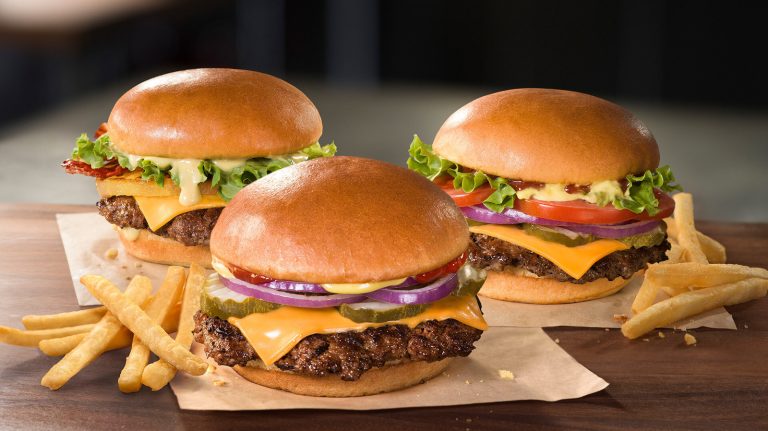We may receive a commission on purchases made from links.
While carnivores will have you believe that meat is the best source of protein, you’d be surprised at just how many plant-based foods supply comparable amounts. Even vegans and vegetarians focus on soy products like tofu and tempeh or complementary proteins like beans and rice to the exclusion of plenty of other protein-packed options. To that effect, peas are a sweet vegetable that supplies plenty of protein along with other essential nutrients.
A member of the legume family, peas have comparable protein content to chickpeas and beans. According to the USDA, one cup or 160 grams of green peas has 8.6 grams of protein. Peas also contain a whopping 8.8 grams of fiber per serving, placing them in both the protein and vegetable food group categories. Other healthful components include vitamin B6, folate, Vitamin A, Vitamin C, and magnesium. With a negligible fat content, peas are a lean source of protein with enough fiber to keep you full.
Green peas are very affordable, sold fresh seasonally and frozen or canned year-round; Whole Foods 365 Organic sells both frozen peas and canned peas. The slightly sweet vegetal flavor of peas coupled with the satisfying texture of a fibrous shell that pops open into a pillowy, starchy interior make for a delightful side dish to accompany another protein-rich main course. Peas are also easy to sneak into other dishes for a pop of color and a protein boost to boot.
How to incorporate protein-packed peas into your diet
Peas are widely available and pre-cooked, so you can serve them fresh out of the bag or can. You can steam or saute them for a minute or two to warm them up, seasoning them simply with salt and pepper or a squeeze of lemon juice to bring out their natural sweetness. Canned peas are softer, making them ideal for this protein-packed herby spring pea dip to serve with crudites or crostini. You could also use pureed peas as a pasta sauce base with grated parmesan, cracked pepper, lemon juice, and salty pasta water.
We’d argue that the best way to cook frozen peas is by sauteing them in a skillet with butter and seasonings. Saute peas in butter with onions and snap peas to season with fresh mint, lemon zest, salt, and pepper for a springy side dish. You could also just thaw frozen peas and sprinkle a cup of this springy pea salad with chives, snow peas, and butter lettuce tossed in a tangy, sweet dijon vinaigrette.
Of course, you can always add peas to your favorite one-pot dishes like rice pilafs, pasta, or oven-roasted chicken and vegetables. Peas are a popular addition to fried rice recipes, bringing even more protein to supplement the scrambled eggs and any other protein you’d typically add like shrimp, chicken, or pork. They’d taste delicious and bring a nice pop of green to a creamy, cheesy risotto recipe or this saffron rice pilaf recipe.






